The Ultimate Chili Pepper Guide
This post may contain affiliate links. Please read my disclosure policy.
This chili pepper guide is key for Mexican cooking! I explain the types of chiles, both fresh and dried, as well as the different heat levels to know for your recipes.
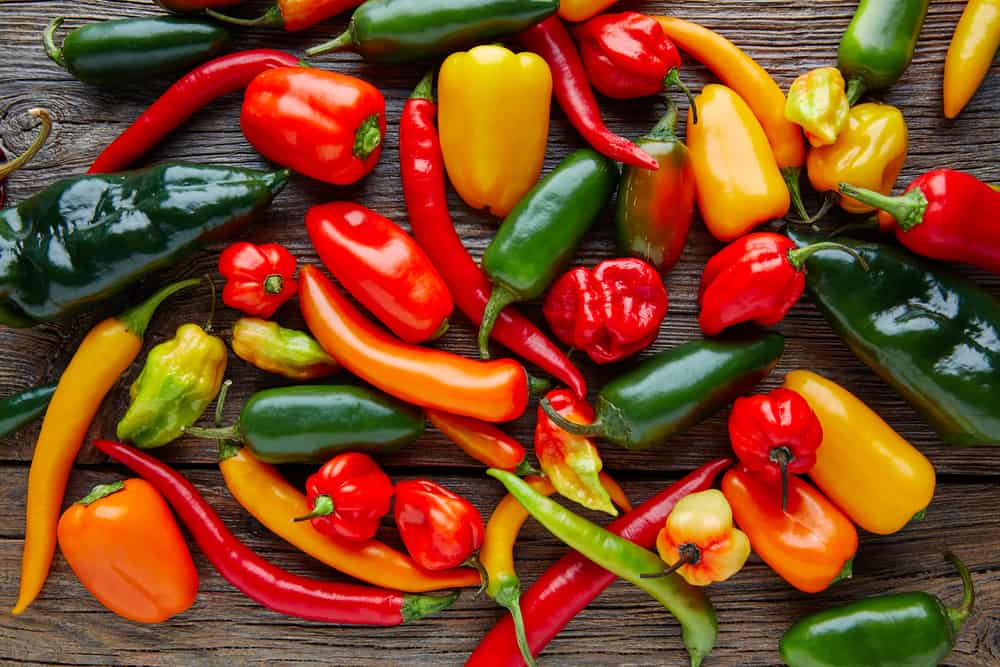
One common ingredient in Mexican cuisine is chili peppers!
I want to share the different types of chili peppers that you need to know, including both fresh and dried variations. Interestingly enough, spice peppers are botanically considered a fruit and not a vegetable. This is because they grow on vines and have seeds.
There are many different varieties of chili peppers, which are sometimes called chile peppers or chiles. This post covers the chiles that you’ll often see in my recipes. Let’s dive in!
Types of Chili Peppers
Fresh
- Jalapeño – This is one of the most common chili peppers out there! They are usually harvested before they are ripened and have a green color. If allowed to fully ripen, jalapeños turn red. While great for spicing up a dish, they are fantastic stuffed, too. Try my Baked jalapeno poppers!
- Serrano – A smaller version of jalapeños. They are almost identical from the outside but tend to be much spicier. Serranos are usually dark green or red.
- Poblano – Compared to the other chilis on this list, poblanos are quite mild. You usually see them stuffed with some sort of filling, like in my Chili Rellenos! They are dark green, but if left to ripen, turn red or brown.
- Habañero – If you’re looking for the ultimate hot chili pepper, opt for habañeros! They range from yellow or orange to bright red in terms of color. You’ll want to have a glass of cold milk nearby to cool down your tastebuds when you try one!
- Anaheim – Mild, green, and about 6-10 inches long, an Anaheim pepper is an easy-to-work-with option. You’ll sometimes see red varieties too.
- Shishito– Mild, green, long and thin, Shishitos are like a milder version of jalapeños. Try them stuffed!
- Pequin – Also known as “bird peppers” because wild birds love them, pequin peppers are quite hot. They also happen to be the main ingredient in the famous Cholula hot sauce.
Dried Whole to Ground Equivalent
Rule of Thumb: 4 Ounces Fresh Peppers = 1 Ounce Dried Peppers = 3 Tablespoons Chili Powder. For this recipe the dried chilies equivalent would be 4 1/2 tablespoons or 4 tablespoons plus 1 1/2 tsp total.
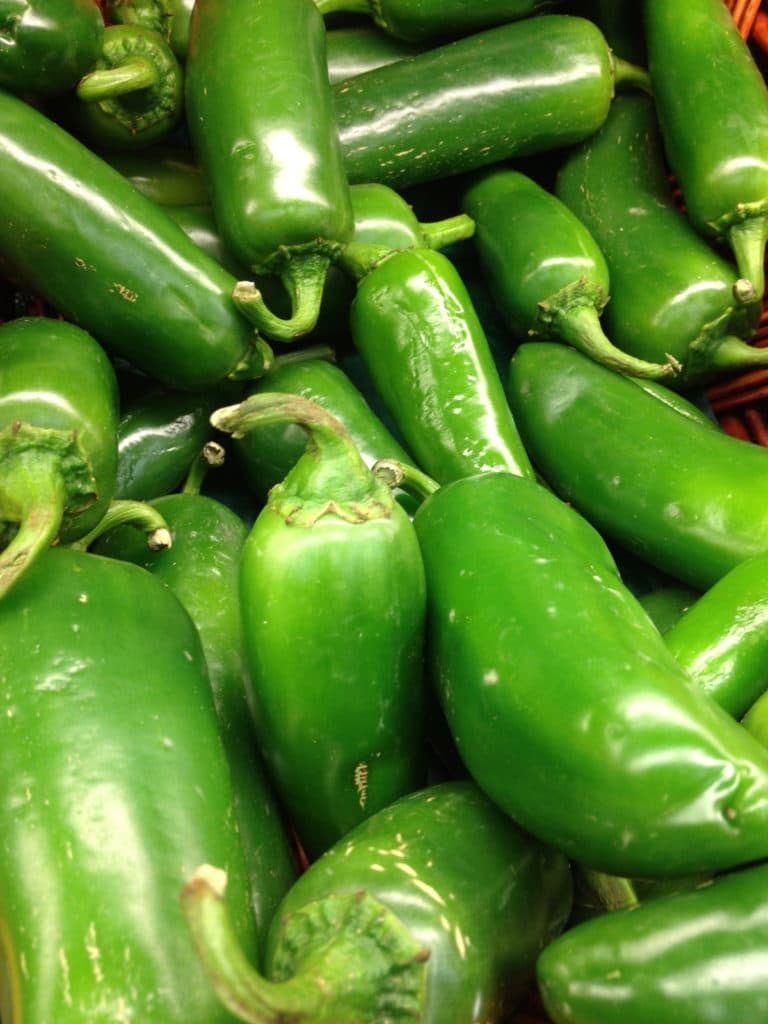
Dried
- Chile de Arbol – Translated to English as “tree chili,” Chile de Arbol is small and spicy. It has a very similar flavor to the popular cayenne pepper and is often used in salsas.
- Cayenne – Introducing one of the most popular dried chili pepper options! You see cayenne in all types of recipes, not just Mexican ones. It packs some serious heat, so use sparingly.
- Chipotle – To get a unique smoky flavor, opt for chipotle chili peppers. They are jalapeños that have been smoked and dried. Learn How to Make Chipotle Peppers and How to Make Adobo Sauce (they are typically stored in) here.
- Chile Seco – Meaning “dried chili” in Spanish, chile seco is most often dried Serrano peppers.
- Ancho – The dried version of a fully ripened, red poblano pepper. Red varieties are usually hotter!
- Guajillo – Made by drying another type of chili pepper, Marisol. They are thin and dark red in color.
- Pasilla – The dried form of chilaca pepper. Pasillas are dark green or dark brown in color.
- Colorado – Made by drying anaheim peppers. That means that Colorado peppers are relatively mild.
- Mulato/Negro – These dried peppers are made from drying mild poblanos. While similar to the Ancho, these have a slightly different flavor. Both are green while growing, but the Mulato/Negro pepper is a Poblano that ripens to a deep, dark brown color, and then is dried. They are often seen in sauces such as moles and stews.
- Morita – Sometimes called chipotle Morita, this dried pepper is made from smoked red jalapeños.
- Cascabel – Made from dried bola peppers. Sometimes called “rattle peppers” thanks to the seeds that rattle around on the inside once the bola peppers have been dried.
Difference Between Dried and Fresh Chili Peppers
All of this talk about fresh and dried chili peppers, you may be wondering about the difference between the two! To put things simply, the biggest difference is that one features water while the other has been dried. That means that all of the moisture has been removed from dried chilis (typically for storage and longevity).
Fresh chili peppers tend to be hotter than dried. It’s important to mention here that not all dried pepper varieties are milder than fresh. It just means that the fresh version of most peppers packs a lot more heat thanks to the added water content. Now you know!
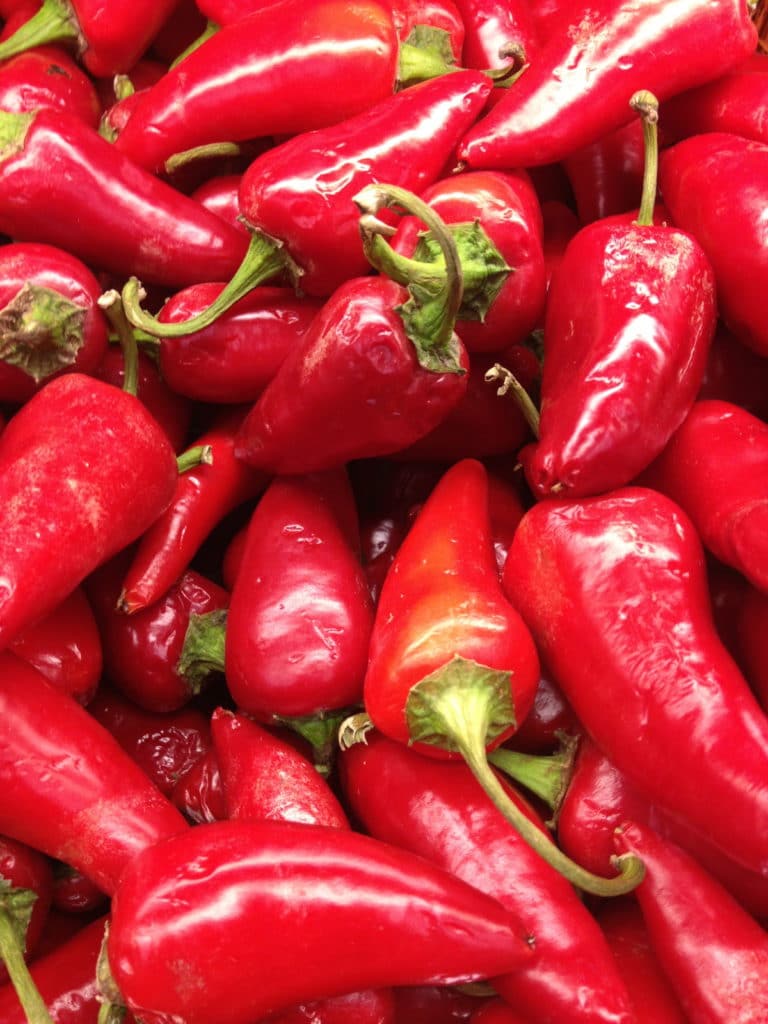
Ways to Use Chili Peppers
You can use chili peppers in a myriad of ways! I’ll share some specific recipes in the next section, but here are some of the most common uses for this type of Mexican add-on:
- Pickle them to add to tacos or salsa
- Dry fresh varieties to grind and make your own homemade seasonings
- Salsa, both fresh and cooked
- Soups, stews, and mole sauces
5 Great Chili Pepper Recipes
As promised, here are some of my favorite chile pepper recipes! There are so many to choose from that I had a really hard time narrowing it down to just a few:
- Chile Verde (Mexican Pork Chili)
- Pork Mole Negro
- Barbecue Pineapple Chicken
- Chili Relleno
- Chicken Stuffed Poblano Peppers
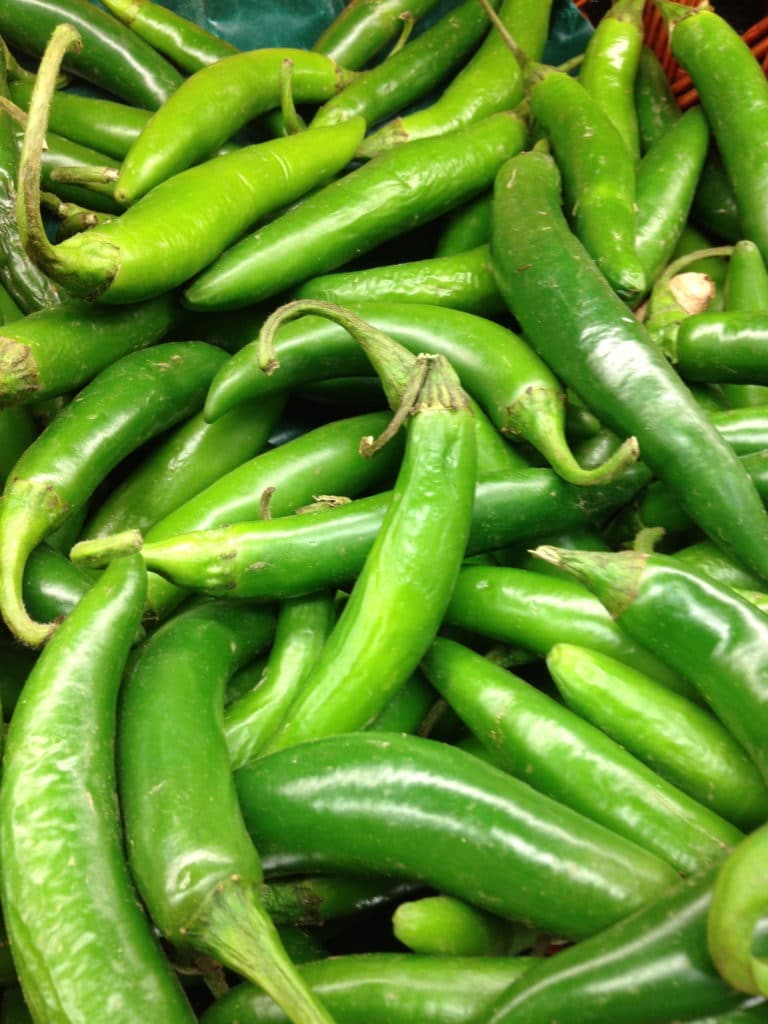
Scoville Scale – How Hot Peppers Are Rated
Here is a handy chart for the spicy heat of different peppers:
- Pure capsaicin: 15,000,000–16,000,000 Scoville heat units
- Law enforcement pepper spray: 5,000,000–5,300,000 Scoville heat units
- Trinidad Scorpion T Butch Pepper: 855,000–1,463,700 Scoville heat units
- Habanero pepper: 100,000–350,000 Scoville heat units
- Bird’s eye chili: 50,000–100,000 Scoville heat units
- Cayenne pepper: 30,000–50,000 Scoville heat units
- Chiles de árbol: 30,000 to 50,000 Scoville heat units
- Tabasco pepper: 30,000–50,000 Scoville heat units
- Tabasco sauce: 2,500–8,000 Scoville heat units
- Jalapeno peppers: 2,500- 8,000 Scoville heat units
- Paprika: 2,500- 8,000 Scoville heat units
- Pimento: 100-500 Scoville heat units
- Bell pepper: 0 Scoville heat units
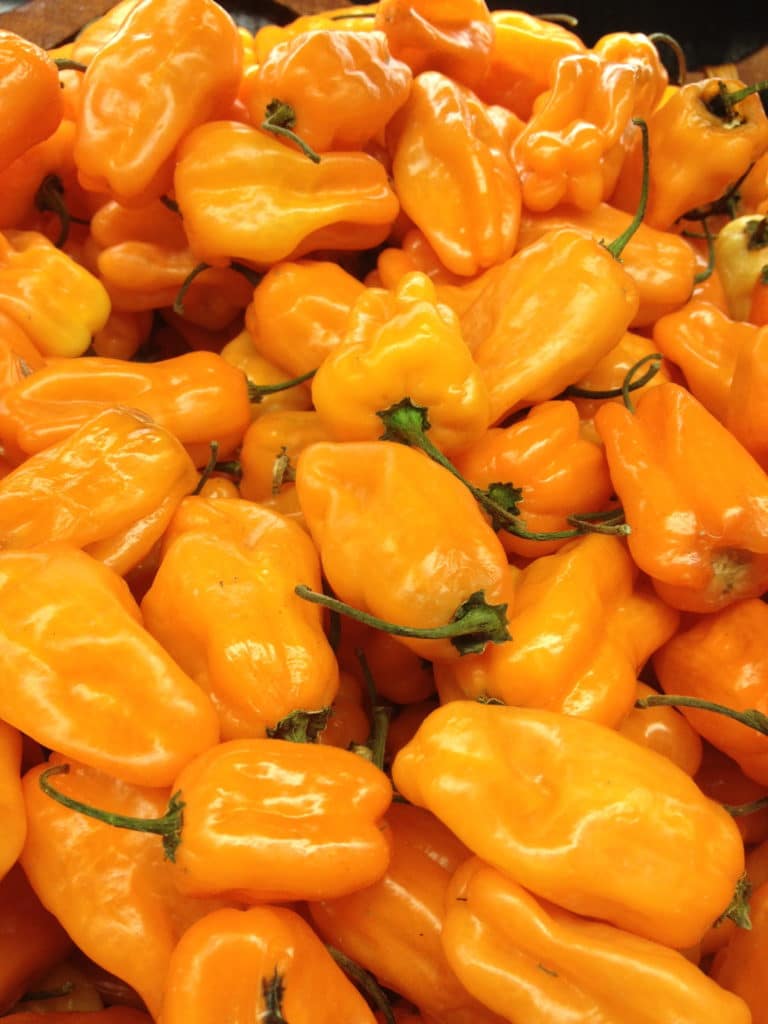
What is Considered a Chili Pepper?
Chili peppers are native to South, Central, and North America and thrive in warm climates. The most common chili peppers come from the Capsicum annuum family of fruit (remember: they aren’t a vegetable!). The most popular chiles are cayenne, serrano, jalapeño, and poblano — to name a few.
Are All Chili Peppers Hot?
Nope! While most do pack quite a bit of heat, you’ll notice that a few of the chile peppers on my list are mild or medium in flavor. You can consult the Scoville Scale above to get a solid idea of the heat level of some of the most popular pepper options.
How Many Varieties of Chili Peppers Are There?
There are over 4,000 varieties out there! I’ve only listed a handful above as those are the peppers that I use most often in my recipes.
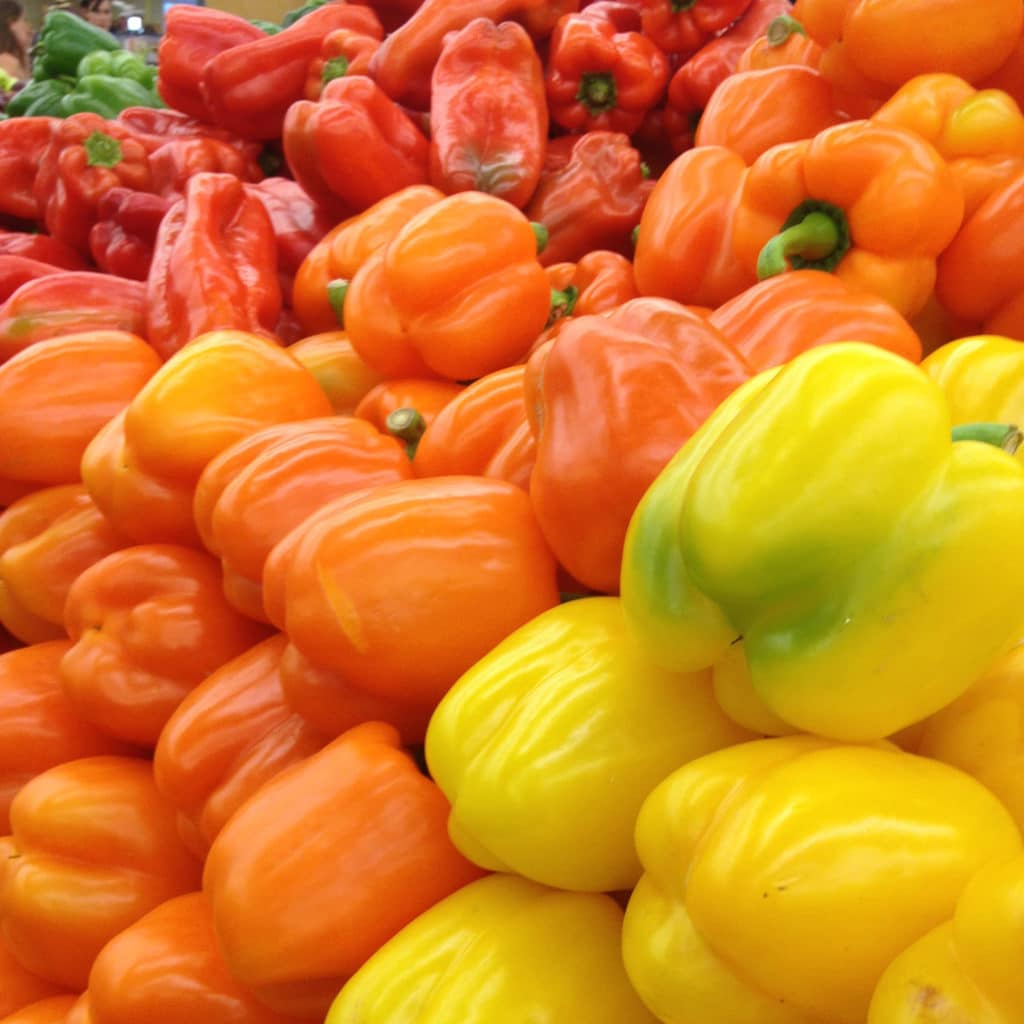

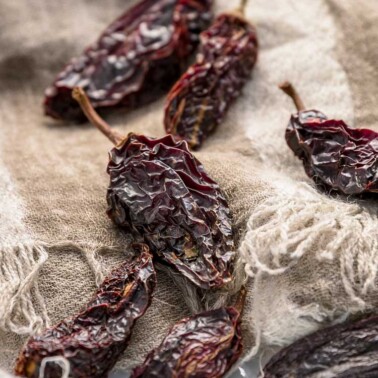
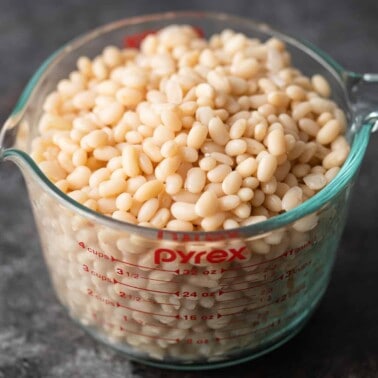
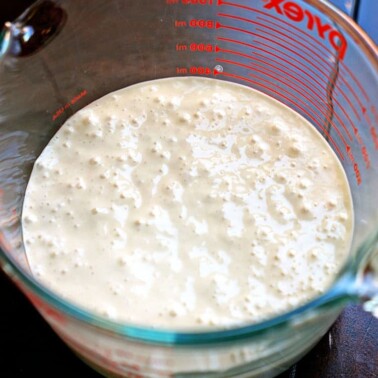
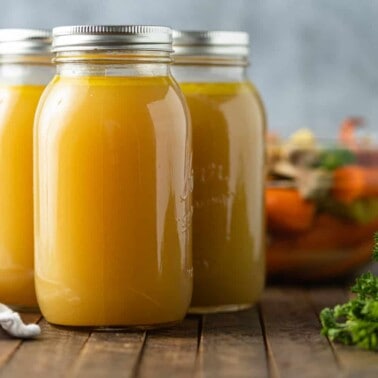












This was great information. Thanks.
Thanks so much for the feedback and for following along. 🙂
Thank you so much for this guide. What a great help in knowing how to buy and use peppers. Pinned this.
Excellent, so glad this is of help Mary!
What about the Carolina Reaper?
Not one I’ve used in any cooking to date. The guide is for chilies used for recipes on the site and the continuous emails asking about them. So I figured I’d do a write up for those inquiries. There are so many chilies Rob!